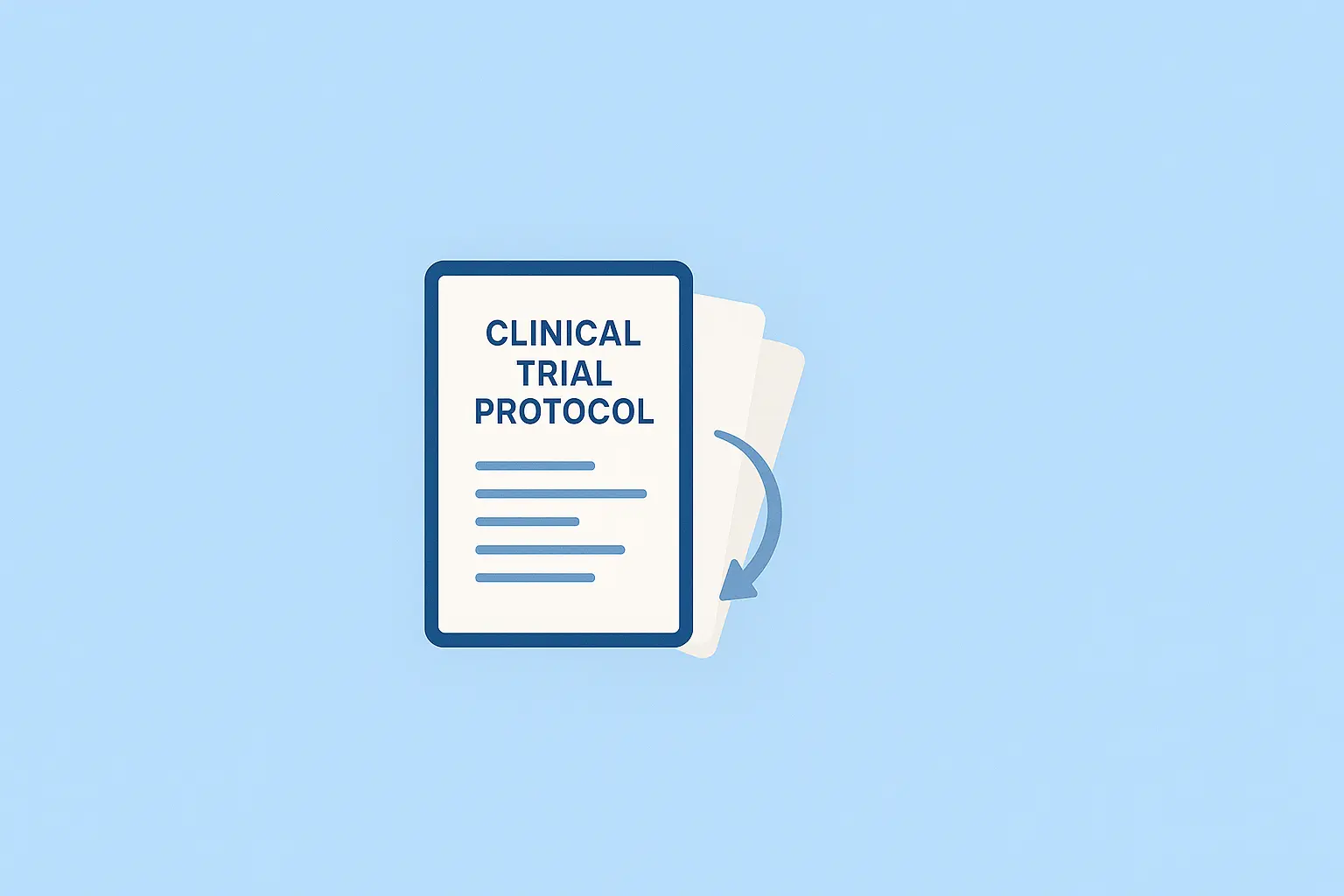Navigating Protocol Amendments and Clarification Letters
In the dynamic world of clinical research, protocols evolve—and so must our approach to managing those changes. Over the years, I’ve witnessed firsthand how clear processes, thoughtful communication, and the right tools can mean the difference between smooth study progression and avoidable delays. Here are some distilled lessons and practical pointers for colleagues in pharma, regulatory affairs, and CROs.
1. Know Your Roles—and Hold Them Accountable
Every protocol change touches multiple stakeholders. From my early days, I learned the importance of defining accountability:
- Protocol Lead Author
Owns the protocol end to end—from drafting through all amendments. If things go sideways, it’s on the author to steer the ship. - Study Lead
Acts as the strategic champion, ensuring the protocol aligns with overall study objectives and business goals. - Regulatory Responsible
Ensures that every change is compliant with local and global regulations, and liaises with Health Authorities for approvals. - Operational Representative
Bridges the gap between the protocol text and what happens on the ground—impacted sites, monitoring plans, and resourcing.
Clarity here prevents duplicated work, missed sign-offs, and audit observations.
2. Distinguish Between Substantial Amendments and Minor Clarifications
Not every tweak demands a full-blown amendment process. I always ask two questions:
- Safety or Scientific Impact?
If changing inclusion/exclusion criteria, dosing, or safety information, you need a substantial amendment—and likely regulatory re-submission. - Can it be handled as a minor change within predefined allowances?
Minor adjustments—such as extending trial duration by a small percentage (for example, under 10%), tweaking visit schedules, or minor logistical updates—can often be managed with a Protocol Clarification Letter (PCL). It’s best to define these thresholds at study startup, considering factors like overall study length, complexity, and regulatory expectations. This upfront agreement helps everyone know what counts as “minor” and keeps the process smooth.
Key takeaway: Document every change, but choose the leanest path that remains compliant.
3. Use the Protocol Amendment Decision Tool Religiously
A structured decision tool will help you:
- Determine Documentation Strategy
Should this be handled by PCL, substantial amendment, or work instruction? - Log Every Change Since Last Amendment
A transparent audit trail keeps everything defensible.
Treat it as your single source of truth for “what changed, when, and why.”
4. Crafting a Compliant Protocol Amendment
When a substantial amendment is warranted, be sure you include:
- Clear Description of Changes
Lay out exactly what’s modified—section by section. - Rationale for Each Change
Connect the dots between scientific objectives, safety data, or operational needs. - Reference Prior Non-Substantial Updates
Even minor PCLs should be acknowledged if they still apply.
And don’t forget to capture the author’s name and date—everywhere!
5. Managing Local Versus Global Updates
Clinical trials often span dozens of countries, each with its own ethics committees and regulatory bodies. When a PCL or amendment is local:
- Distribute Only to Impacted Sites
No need to overload unaffected regions with irrelevant documents. - Secure Local IRB/IEC Approval
Even for minor clarifications, some jurisdictions insist on ethics sign-off.
Conversely, truly global changes must be coordinated centrally—so plan your timelines and communications accordingly.
6. Archive Everything—and Make It Accessible
Whether substantial amendments or PCLs, store documents in a controlled archive system. Make sure your team knows:
- Where to find the latest, approved protocol
- How to retrieve previous versions for inspections or cross-reference
In my experience, missing a past version is a top audit finding and totally preventable with robust archiving.
Final Thoughts
Driving protocol amendments and clarifications is as much about process as it is about people. Build trust with transparent communication, leverage decision tools to minimize rework, and always keep patient safety and data integrity front and center. From drafting that first protocol line to managing the final site-specific change, a structured yet flexible approach will keep your study and your stakeholders on track.
